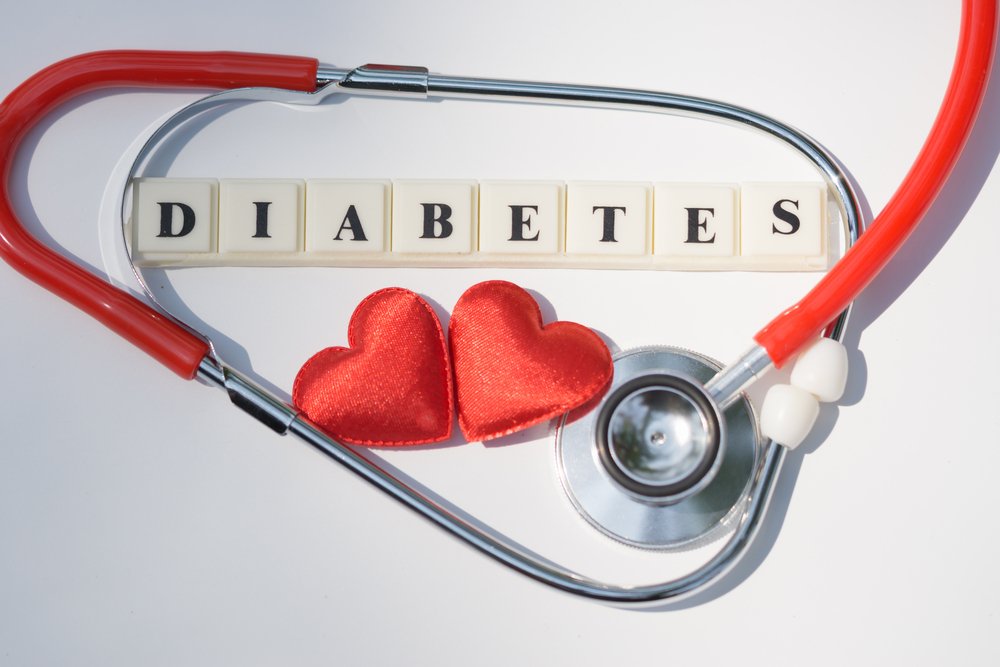 by OmegaQuant
by OmegaQuant
New research published in March shows that people who suffer from peripheral artery disease (PAD) might not be getting enough omega-3s from their diet. According to the researchers, simply getting enough of the right omega-3s, namely EPA and DHA, as determined by your Omega-3 Index, will go a long way toward reducing your risk.
We’ll discuss these clinical study details shortly, but first let’s talk about what PAD is and who is most at risk.
Many people understand that atherosclerosis is a disease of the arteries leading to the heart. PAD is the same thing, except it is a disease of the arteries in the legs or arms. PAD develops when these extremities don’t have enough blood to keep up with demand.
Also, referred to as intermittent claudication, the pain caused by PAD is the muscle’s way of communicating that it is not getting enough blood flow during exercise.
So what does PAD pain feel like exactly?
The Mayo Clinic describes it as cramping in one or both of your hips, thighs or calf muscles after certain activities like walking or climbing stairs. There can also be some leg numbness or even coldness in your lower leg or foot when compared to the other side. Some of the other symptoms include:
- Sores on your toes, feet or legs that won’t heal
- A change in the color of your legs
- Hair loss or slower hair growth on your feet and legs
- Slower growth of your toenails
- Shiny skin on your legs
- No pulse or a weak pulse in your legs or feet
- Erectile dysfunction in men
Who is most at risk? PAD mostly shows up as you age, particularly in those 65 and over. This is when blood vessels and arteries become more vulnerable due to the aging process. In fact, nearly one-third of patients aged 70 and older suffer from PAD that can significantly impact quality of life and longevity.
If there are other issues like smoking or diabetes, then PAD might show up a little earlier, say around age 50. The Mayo Clinic provides a full list of risk factors that you should consider if you think you have PAD or could develop it:
- Smoking
- Diabetes
- Obesity (a body mass index over 30)
- High blood pressure
- High cholesterol
- Increasing age, especially after reaching 50 years of age
- A family history of peripheral artery disease, heart disease or stroke
- High levels of homocysteine, a protein component that helps build and maintain tissue
According to the American Heart Association, more than 8.5 million American adults are affected by PAD, yet many people don’t know they have it. The National Heart, Lung, and Blood Institute believes this might be because plaque buildup in the legs does not always cause symptoms. Furthermore, people who do experience symptoms, such as pain or cramping in the legs, often do not report them, believing they are a natural part of aging or due to another cause.
BLOG: Do Omega-3s Lower Cholesterol?
These days doctors are using a variety of techniques to diagnose PAD, including ankle-brachial index, doppler and ultrasound imaging (also called “Duplex Imaging”), computed tomographic angiography (CT), magnetic resonance angiography (MRA) and angiography.
The reason it is so important to properly diagnose PAD is because it can lead to further pain and potentially the loss of a leg. If you have PAD, you are also at higher risk for coronary artery disease, heart attack and stroke.
To minimize your risk for PAD, there are steps organizations like the CDC recommend, such as:
- Physical activity and exercise are important for preventing PAD and for improving symptoms of PAD.
- Avoid use of tobacco—smoking increases the risk of PAD by 2-6 times and it worsens the symptoms of PAD.
- Control high blood pressure, cholesterol, and diabetes.
Perhaps another step to add to this list is taking a simple Omega-3 Index test. Recent research indicates that this might be a next logical step in assessing your risk for PAD and taking steps to prevent this disease.
VIDEO:Omega-3s Reduce the Risk of Several Health Issues
How Can Omega-3s Help Prevent PAD?
Evidence from previous studies suggests that omega-3s affect many steps of the atherosclerotic process. More specifically, they improve endothelial function; promote vasodilatation through relaxation of smooth muscle cells; exert antioxidant, anti-inflammatory, and antithrombotic actions; delay development of plaques and increase their stability; and decrease wall stiffening.
Earlier research has also shown that people who consume large amounts of omega-3s have lower odds of developing PAD. However, actual clinical studies assessing the omega-3 blood levels (i.e. Omega-3 Index) of people who have PAD are sparse, which is what motivated researchers in this most recent study.
VIDEO: The Downside of a Low Omega-3 Index
Published in the March 18th edition of Lipids, the study showed that people who have PAD have a lower Omega-3 Index compared to those who don’t have the disease.
Because PAD is essentially atherosclerosis of the leg arteries, researchers in this study believe that patients with PAD may have an omega-3 fatty acid deficiency.
To study the relationship between the Omega-3 Index and PAD, the investigators compared the Omega-3 Index in 145 patients with PAD to 34 controls without PAD.
They found that the Omega-3 Index was significantly lower in the PAD patients than the controls (5% vs 6%). When they controlled for other patient characteristics that might have influenced these findings (like age, smoking, blood pressure, diabetes, drugs, etc.), the Omega-3 Index was still lower in the cases vs. the controls.
In the final analysis, for every 1% unit reduction in the Omega-3 Index, the odds of being a PAD patient increased by 39%, and for every additional pack-year of smoking the odds of being a PAD case increased by 4%.
“It is likely that the lower inflammatory burden associated with a higher Omega-3 Index may be part of the explanation for these results,” said Bill Harris, Ph.D., one of the study’s authors. “Whether long-term use of omega-3 supplements and/or increased consumption of oily fish could prevent the development of PAD should be examined in future studies.”
BLOG: Do Omega-3s Thin the Blood?
A 2013 study came to a similar conclusion: “Because patients with PAD have a high inflammatory burden, further studies should be conducted to determine if manipulation of Omega-3 Index via dietary changes or fish oil supplementation could improve inflammation and symptoms in these patients.”
For this particular study, researchers hypothesized that the omega-3 EPA and DHA content of red blood cells would be correlated with biomarkers of inflammation and vascular function in a cohort of 64 subjects who presented to an outpatient vascular surgery clinic for evaluation of PAD.
The researchers used linear regression to evaluate the independent association between the Omega-3 Index, inflammatory biomarkers [C-reactive protein (CRP), intercellular adhesion molecule-1 (ICAM-1), interleukin-6 (IL-6), and tumor-necrosis-factor-α (TNF-α)] and endothelial function (brachial artery flow mediated dilation [FMD]).
The mean Omega-3 Index for this group was 5.0%. In an unadjusted model, the Omega-3 Index was negatively associated with CRP (38% increase in CRP for one standard deviation decrease in the Omega-3 Index) which remained significant after adjustment for age, body-mass index, and smoking.
The researchers found that the Omega-3 Index was inversely associated with biomarkers of inflammation.





